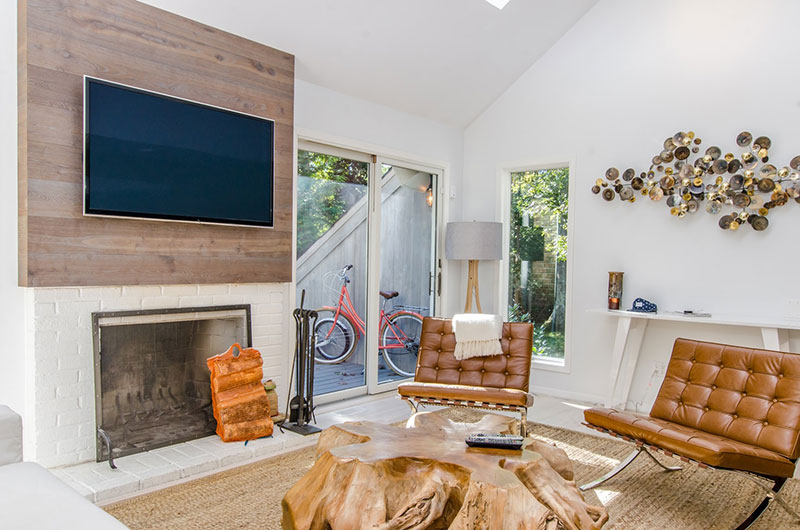Advertisement
Media outlets have reported extensively about a massive garbage patch somewhere in the middle of the Pacific Ocean. Unfortunately, a large percentage of the trash that finds its way into waterways and oceans comes from non-recyclable household waste.
You may feel helpless as far as pollution is concerned, but in reality, every small effort counts.
These seven tips will give you practical pointers about what you can do to make your home more eco-friendly and, in turn, make a difference in the environment.
1. Invest In Renewable Heating
Most homes on the regular electric grid are sustained by non-sustainable energy sources such as oil, gas, or coal.
Solar energy is a renewable technology that turns sun rays into electricity. Depending on the level of investment, you can sustain a whole household’s electricity needs with a good solar setup.
Besides being environmentally friendly, solar energy is cheaper and sustainable.
2. Switch to LED Bulbs
If you are still using incandescent bulbs in your home, it’s time to shift to a more efficient option.
LED bulbs use far less energy and last longer, saving you a lot in electricity costs. LED technology is also more suitable for modern eco-friendly homes because they sync better with smart home control centers.
You may pay more for LED bulbs upfront, but the savings you’ll make over the long haul make it worth your while.
3. Switch to Eco-Friendly Cleaning Products
Most off-the-shelf cleaning products contain ingredients that cause harm to the environment. Even if you’re willing to use environmentally-friendly products, many organic cleaning agents don’t get the job done well.
Try new eco-friendly cleaning products that offer the same stain-removing power as standard bottled detergents.
Keep off harsh products that will leave your hands feeling itchy and tingly.
4. Get Thrifty
We all love new products, but in reality, we don’t always need brand-new items with a large carbon footprint.
There are plenty of thrifting outlets where you’ll find good-quality items at affordable prices.
Buying used merchandise means you’ve potentially saved something from a landfill, which promotes creative reuse of products. Keep the upcycling going by also donating your used items.
5. Stick to Reusable Bags
Plastic bags are one of the biggest polluters, and it’s time to stop contributing to environmental degradation. Multiple-use bags are a practical way of carrying your groceries while cutting down on plastic litter.
Many countries are now restricting single-use plastic bags, which is a commendable way of encouraging eco-bags.
6. Start Composting
Collect all your leftover food scraps and organic waste in a bin and create your natural fertilizer. All your garden plants will benefit from the compost, and it’s all free.
Composting does not have to be a chaotic and smelly process. Get a compost bin that’s specially designed to stash all your scraps without creating a mess.
If you can’t find a compost bin or it’s too expensive, plenty of DIY designs are available to build your own.
7. Go paperless
Offices are synonymous with plenty of paper and files, but you can counter this outdated administrative process by digitizing documents. Reducing paper waste with technology should be the objective for your home office.
Minimize all your in-house printing and instead share soft copy documents online. Printing paper is one of the biggest sources of litter, so you need to limit it unless necessary.
Note-taking apps are also a great way to reduce waste from pen and paper.
Conclusion
The environment is our collective responsibility, so never feel like your effort to conserve it is futile. Every little action you take is a step toward making the world greener.
Don’t just keep all your eco-friendly tips to yourself. Keep sharing your valued information with those around you for a greater positive impact.

